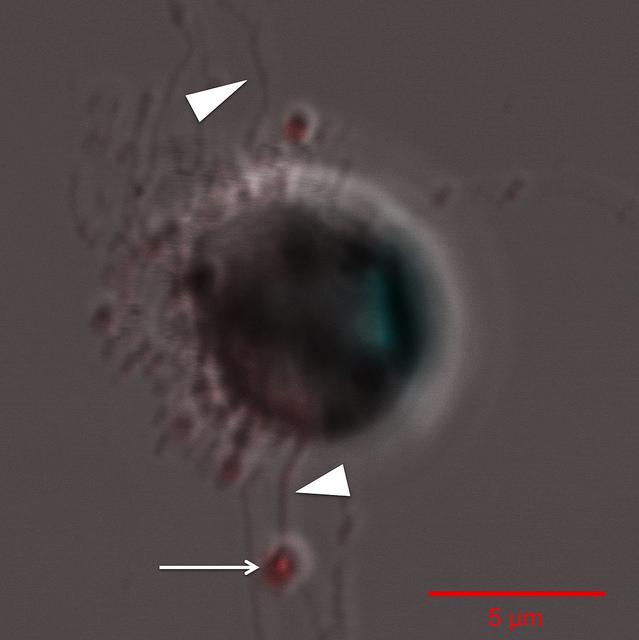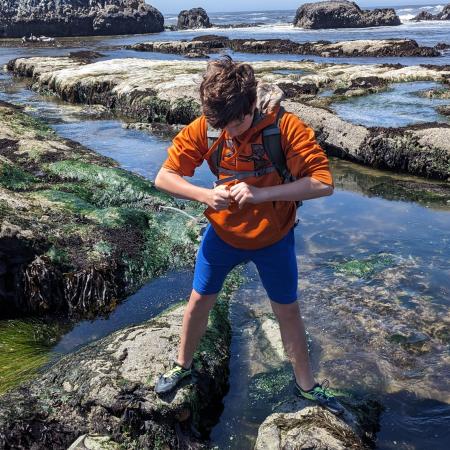“Our discoveries solve two persistent mysteries that have plagued diatom researchers,” said Halsey. “Yes, they have sex, and yes, we can make them do it.”
Diatoms hold great potential as a bioenergy source and also for biosensing. In addition, their intricate, silica cell walls offer promising nanotechnology applications for materials chemists and drug-delivery researchers.
Halsey and collaborators in botany and statistics from OSU’s Colleges of Science and Agricultural Sciences, including microbiologist Alexandra Weinberg and statistician Yuan Jiang, studied the “centric” Thalassiosira pseudonana species of diatom, a model organism for researchers; it’s one of two diatoms, the other being the “pennate” diatom Phaeodactulum tricornutum, to have had its genome sequenced.
“Diatoms are amazing; their silica frustules are beautiful and exquisite,” Halsey said. “Now that we can control their sexual pathway, that should open the door to being able to make crosses between different diatoms with different characteristics. We should be able to breed them just like we do with corn or rice or strawberries to select for traits that are really desirable.”
Read the full story here.





